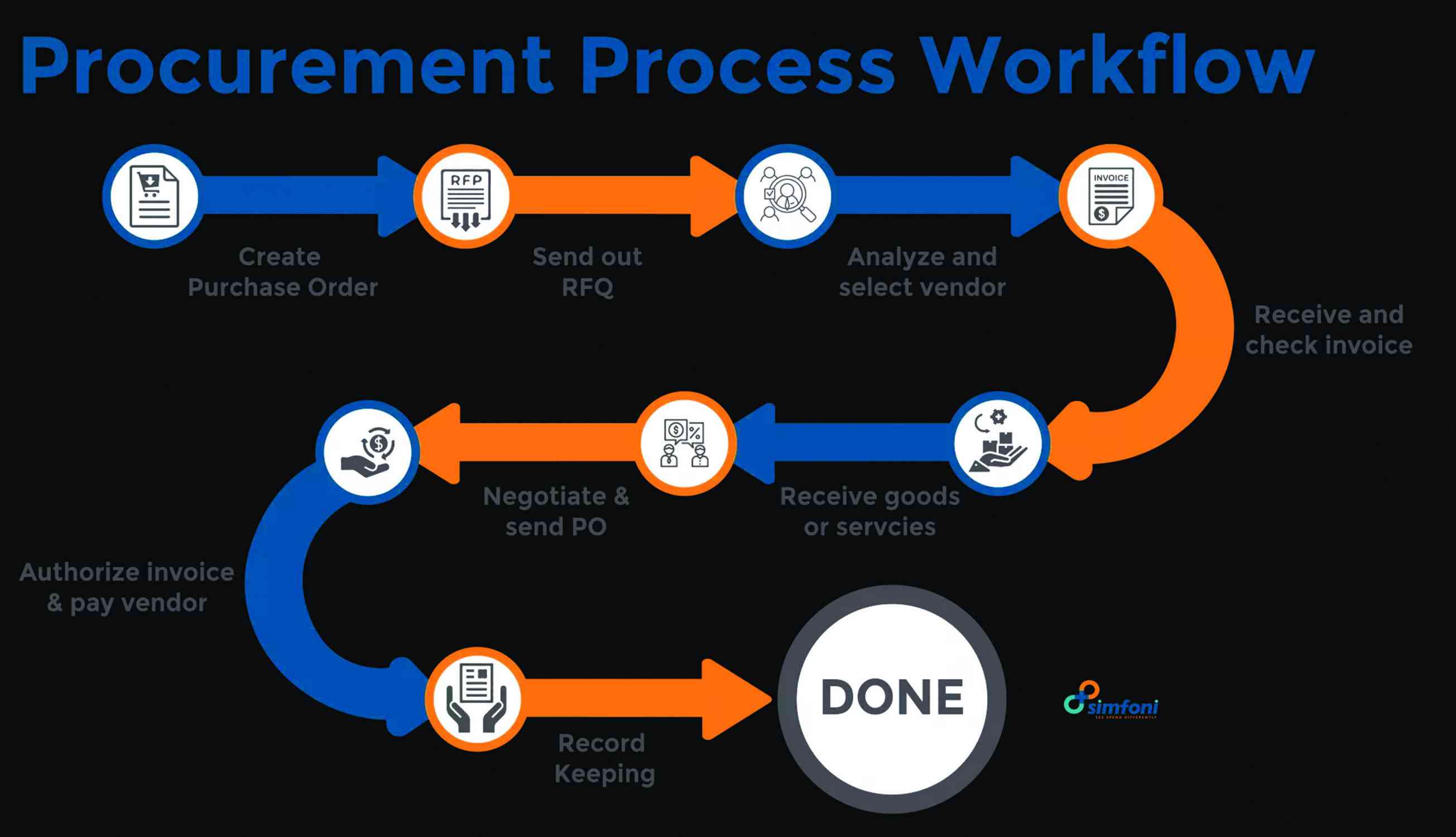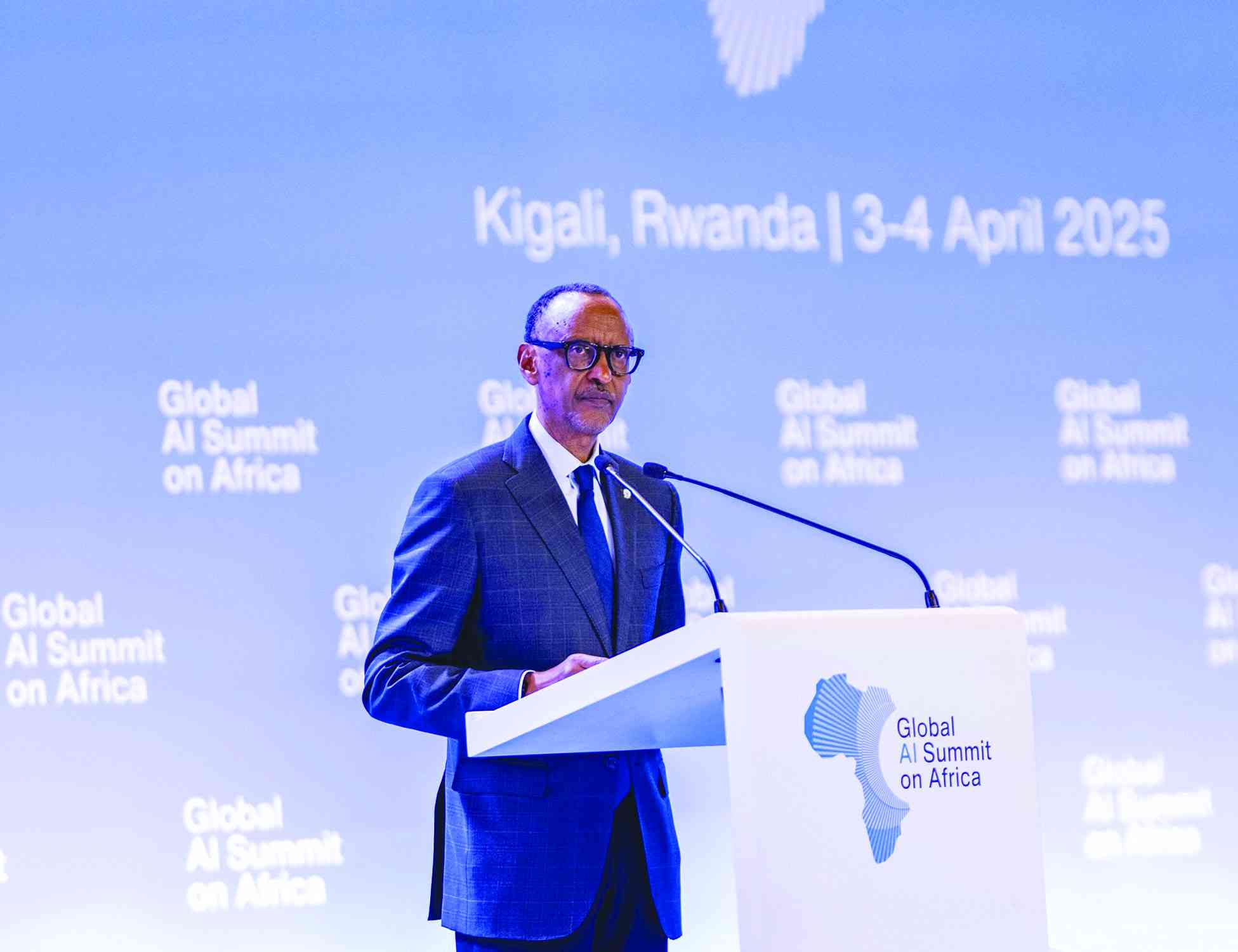
In the current highly-competitive business environment, achieving high-cost savings would be akin to finding a needle in a haystack. As markets continue to shift and the need to do more with less continues to grow, you need every edge you can get to remain competitive.
Supply chain professionals are expected to be on the lookout for value-addition strategies in a way that goes beyond just improving the bottom line.
Staying competitive requires thinking beyond the familiar and preparing for the unexpected. It must be emphasised that procurement professionals should not restrict themselves to such procurement strategies that are solely focused on cost savings through pushing suppliers for a reduction in prices all the time.
The success of an organisation could easily be defined by its process efficiencies when conducting supply chain activities. Business organisations across the industry divide could easily rely on process efficiencies to generate significant value. There are certain procurement processes that are onerous and bureaucratic, short-changing the business of expediency, flexibility and agility.
Procurement process efficiency involves refining and improving all aspects of the procurement processes to achieve greater efficiency, cost savings and improved supplier performance. The goal of this process is to maximise value in each stage of the procurement process.
This generally involves simplifying procurement process flows and streamlining them using best practices. At its core, procurement process efficiency seeks to optimise financial and material resource allocation in the organisation with the intention of delivering maximum value to the business.
Procurement process efficiencies are often credited for the total elimination of traditional vulnerabilities such as manual procurement processes and the reliance on guesswork when making decisive decisions.
To improve procurement process efficiencies, automation of the procurement processes is key. Systems are recognised for freeing up resources — financial, human, time, and yes, even energy. It is therefore critical to automate procurement processes by taking care of all the monotonous manual process flows which will reduce human efforts and errors, enhancing process visibility, improving data accuracy and enabling data-driven decision-making.
- Emotional intelligence imperative in supply chain management (II)
- Cost to serve analysis: The holy grail of profitability (I)
- Cost to serve analysis: The holy grail of profitability (11)
- Increased focus on supplier diversity is the way to go
Keep Reading
Automating the procurement processes also simplifies routine tasks such as purchase order creation, purchase order placement and invoice processing. Automated systems provide real time data and insights, aiding in better decision-making and risk management. It will allow procurement to track spending, monitor supplier performance and anticipate potential issues before they escalate.
Procurement is a key touchpoint for ensuring compliance with laws, regulations and organisational policies and procedures. Procurement process automation will also promote transparency and accountability in procurement activities, ensuring compliance with regulatory requirements and internal policies.
This will certainly ensure that procurement processes adhere to internal policies, rules and regulations, as well as all the statutory requirements in procurement. This reduces the risk of fines and legal issues, maintaining the organisation’s reputation. Effective compliance helps organisations to reduce the risk of fraud and corruption, resulting in the prevention of reputational damage.
Automation will also create process efficiencies in procurement by making it easier to scale procurement activities as the business grows. Systems can easily handle increased volumes of transactions without a corresponding increase in manual effort.
Automation will also assist in enhancing procurement process efficiency when it comes to contract template origination, expediting the provision of signatures and the easy use of automated reminders.
Automated approval workflows ensure that purchase requests are routed to the appropriate stakeholders for review and approval in real time, reducing bottlenecks and speeding up the procurement cycle.
Procurement process automation could also take advantage of e-sourcing tools to improve supplier selection and using electronic payment systems to reduce the time and cost associated with processing payments. Timely processing of supplier invoices enhances trust and credibility with the supply chain community.
Procurement process efficiencies provide real time visibility into procurement transactions.
This enables the optimisation of vendor selection and management of risks more effectively, enabling stakeholders to track purchases, monitor spending and maintain audit trails for accountability and governance purposes. An automated procurement system puts the entire process on one screen, giving executives a clear picture of expenditures. It will serve as a single source of the truth.
Spend visibility will provide unparalleled visibility into organisational spending. It will enhance control over procurement budgets. Data-driven decision-making enables organisations to anticipate market trends, mitigate risks, and capitalise on opportunities for innovation and growth.
The process allows organisations to identify, assess and mitigate risks associated with supplier reliability, contractual obligations and market changes. It is also important to stay updated on industry trends, best practices and regulatory changes to make informed decisions. This will assist in the provision of real time insights into company spending, empowering procurement teams to make quick, informed decisions and adjust strategies on the fly.
Procurement process efficiencies, when done correctly, bring a plethora of benefits to the table. The benefits come in many forms. It can assist in the shortening of processing times, boosting accuracy and gaining a bird’s eye view of the organisation’s spending patterns. Procurement process efficiencies will also entail the careful monitoring of sub par supplier performance with a view to correct any late deliveries or poor quality deliveries.
Process efficiencies will also involve the implementation of a robust quality management system that enables suppliers to meet specified quality standards. The implementation of quality assurance standards contributes to the minimisation of defects, avoidance of rework and the reduction of customer dissatisfaction.
Quality improvements can be achieved by selecting the best suppliers, setting clear quality standards and monitoring and evaluating supplier performance.
Procurement process efficiencies will obligate supply chains to conduct risk assessments, develop contingency plans, diversify supplier portfolios to mitigate potential risks and ensure business continuity. Regular tracking and analysis of performance metrics enable organisations to identify areas for procurement process efficiencies with a view to drive performance enhancements.
Procurement process efficiency strategies empower organisations to streamline operations, drive cost savings, optimise supplier collaborations and adapt to the ever-changing business environment.
This will allow procurement professionals to see beyond the limits of the present. Training and development are also important for process efficiency. It will be more beneficial where there is collaboration with industry associations and professional development agencies.
These training and development opportunities help build procurement expertise composed of a highly-competent workforce capable of driving high procurement performance. This variable is very critical for the benefit of supply chain professionals’ personal growth, which will significantly impact on the organisation’s productivity and profitability.
Procurement process efficiencies will also seek to manage risks associated with supplier reliability, being ready in times of supply chain disruptions, taking care of price volatility while adhering to business sustainability standards and regulations. Procurement process efficiencies will not only elevate the organisation’s ethical standing and positive reputational image but also enhance its financial performance by attracting sustainability — conscious customers and investors.
Streamlined procurement processes also enable organisations to respond promptly to changing customer expectations through the development of collaborative relationships with key suppliers. Such good relationships will promote better synergies and preferential treatment from the supply chain community. Supply chain professionals will also benefit from favourable payment terms such as quantity discounts, extended payment terms and priority deliveries.
Effective contract management is also a key aspect of procurement process efficiency. Ensuring that contract terms and conditions are met is crucial. Setting clear expectations and monitoring supplier performance is key.
Contract management also involves tracking of supplier performance, resolving disputes and continually evaluating supplier performance to ensure that the terms and conditions of the contract are being met.
Robust contract management systems will enable companies to optimise their inventory levels, reinforcing terms and conditions that will obligate suppliers to deliver according to contractual requirements. This prevents overstocking, reduces carrying costs, and minimises the risk of stock outs, ensuring the right products are available when needed.
These procurement process efficiencies and best practices enable organisations to create a more responsive, efficient and strategic procurement function.
In conclusion, it must be noted that procurement value is achieved either through process efficiencies, cost savings and or sustainable practices, or everything in between. Better procurement is better business.
It must also be acknowledged that for procurement process efficiencies to be a success, collaboration with key suppliers is very important. It is often said that two minds are better than one. And three are even better. In today’s business landscape, going it alone isn’t just outdated, it is a liability.
Procurement process efficiencies recognise that cooperation is the golden ticket to success. This will create a united front among like-minded stakeholders. Foster a culture of continuous improvement and you are good to go. Supply chain professionals are encouraged to share notes with stakeholders while monitoring industry trends that drive procurement process efficiencies and strategic value.
Procurement processes are part of the grand strategies to fabricate a robust foundation to achieve competitiveness in very difficult operating conditions. Procurement process efficiencies will propel an organisation’s strides towards increased productivity, efficiency, and overall business growth.
They can easily transform procurement from a mundane cost centre to a high performing value centre, enabling organisations to unearth their true potential and value. This will allow procurement to define its value as the lifeblood of the organisation, ensuring a seamless flow of resources to the supply chain ecosystem. Procurement processes therefore stand at the forefront of driving operational excellence and gaining a competitive advantage, propelling the organisation to new heights of success. Its impact is undeniable.
- Nyika is a supply chain practitioner based in Harare. — [email protected].










